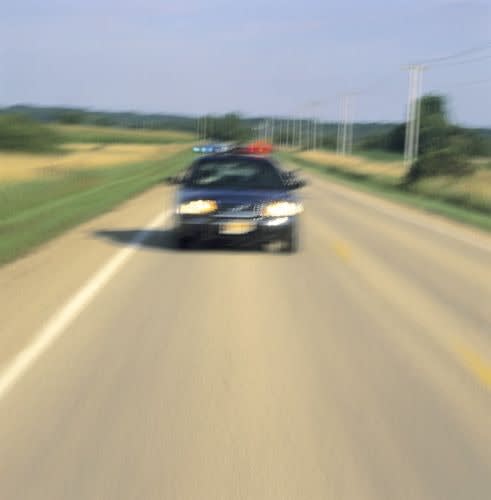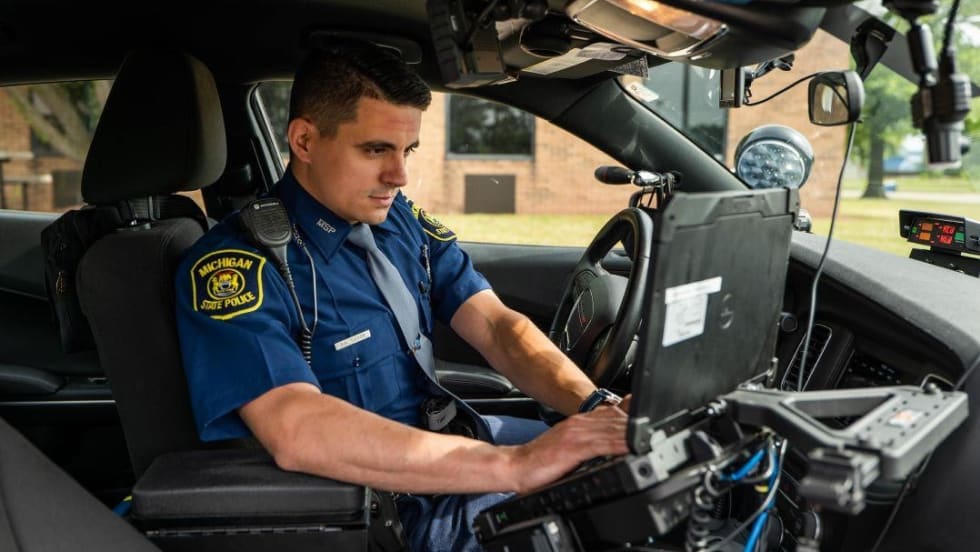One of the most valuable tools in the fight against crime is the ability to pursue criminals before and even after they commit crimes. However, recent media attention given to several high-speed pursuits resulting in death and serious injury has generated increased public concern about the safety of police chases. Organizations such as the American Civil Liberties Union and Stop the Tragedies of Police Pursuits (STOPP) have renewed their calls for a prohibition of pursuits or for state legislatures to revoke immunity statutes protecting officers from civil liability.
While police pursuits are a necessary part of police work and should not be banned, officers should be aware of the potential danger and terminate pursuits when the risk of injury outweighs the benefit of catching the suspect. Remember every time you initiate a high-speed pursuit there is a risk of injury to the officer, the suspect, and/or a member of the public. Pursuits can result in lawsuits filed in state or federal court.












